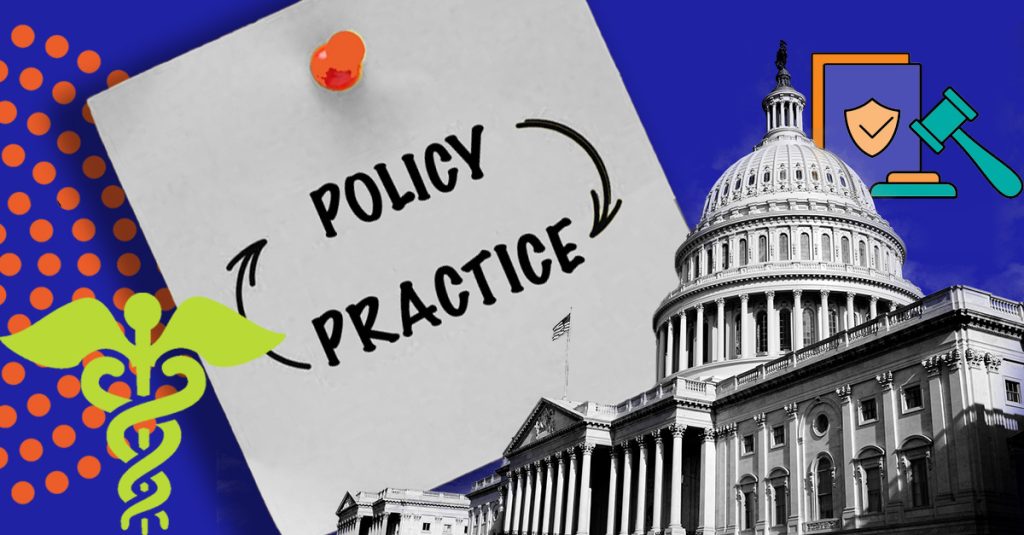From Policy to Practice: Why Hospitals Must Begin Scenario Planning for the One Big Beautiful Bill Now
The looming challenge of the One Big Beautiful Bill Act (OBBB), signed into law in July 2025, represents one of the most significant healthcare policy changes in decades. With over $1 trillion in cuts projected for Medicaid, ACA Marketplace subsidies, and Medicare reimbursement over the next ten years, hospitals are facing a dramatic shift in their financial landscape.
According to the Congressional Budget Office, the OBBB could increase the uninsured population by 10 to 14 million people by 2034, leading to rising uncompensated care costs and tighter operating margins. For hospitals that rely heavily on Medicaid or serve rural communities, the stakes are even higher; annual revenue losses could reach $25 billion nationwide, with operating margins potentially shrinking by up to 70% in worst-case scenarios.
Why Scenario Planning Is Non-Negotiable
Unlike past crises, such as COVID-19’s financial impact on hospitals, the implementation of the OBBB is postponed until 2026–2027, granting hospitals a rare opportunity to prepare strategically rather than reactively. This is where scenario planning becomes crucial.
Scenario planning allows hospitals to model multiple financial futures by incorporating variables such as:
- Medicaid disenrollment rates (5%, 10%, 20%)
- State-specific policy changes
- Changes in payer mix and uncompensated care
- Capital and credit constraints
By stress-testing these scenarios, hospital leaders can identify vulnerabilities and develop mitigation strategies before the financial shock occurs. For guidance, see HFMA’s scenario planning guide.
Turning Risk into Strategic Opportunity
Proactive scenario planning isn’t just about survival; it’s about transformation. Here are ways hospitals can leverage this moment:
- Reassess Capital Plans
With impending reimbursement cuts, hospitals must revisit capital projects and prioritize investments that enhance operational efficiency and diversify revenue. Learn more about capital planning strategies.
- Strengthen Medicaid Enrollment Support
Hospitals should expand patient financial counseling and enrollment assistance programs to help minimize coverage losses, especially as new work requirements and eligibility verification hurdles take effect. See Medicaid enrollment best practices.
- Explore Alternative Revenue Streams
Consider value-based care models, expand telehealth services, and establish partnerships with community organizations to offset declining fee-for-service revenue. Explore telehealth expansion strategies.
- Engage Boards and Leadership Early
Scenario planning must be a board-level conversation to align financial strategy with mission-critical goals, such as access and equity. Read HFMA’s governance guide.
The Bottom Line
The OBBB represents more than just a policy shift; it is a strategic inflection point. Hospitals that take proactive steps now to anticipate multiple futures will not only endure the upcoming challenges but will also emerge stronger, more resilient, and better equipped to serve their communities.
Don’t wait for the financial shock to hit—start scenario planning today.
Understanding the financial implications of OBBB is critical for shaping your strategy. In the next section, we’ll break down actionable steps hospitals can take to prepare effectively and turn uncertainty into opportunity.
Quick Takeaways
- OBBB introduces $1 trillion in healthcare cuts over ten years.
- Hospitals could lose $25 billion in revenue annually.
- Scenario planning transforms uncertainty into actionable strategy.
See how Ailevate Revenue Recovery can help you
Ailevate’s Revenue Recovery solution empowers healthcare organizations to navigate the complexities of denials with AI-driven solution tailored for rural and community hospitals.
By streamlining denial management and offering clear, data-driven insights, Ailevate helps providers reduce administrative burden, accelerate reimbursements, and safeguard financial stability—so they can stay focused on what matters most: patient care.
